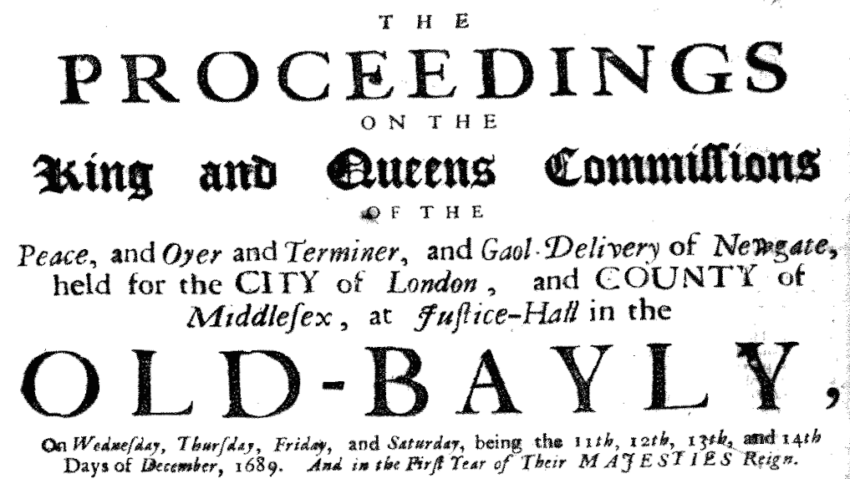I finished the (8th) draft for Talio Rossa and the Elixir of Life, the sequel to Talio’s Codex. My first sequel! And boy did I learn a lot. One of the most interesting things was that the book(s) before the sequel you’re writing start freezing certain details in amber. Mentioned how big a trial jury…
Category: Planning and Outlining
When Characters Play: Using Games in Fantasy Fiction
We all play games. Board games, card games. Solving problems and competing against each other on a small scale is part of the human condition. It makes sense to reflect games and game-playing in fantasy fiction. Games – real and invented – are common in contemporary fantasy novels. For example, Tak in Rothfuss’s Temerant, and…
“I Invented It!” – The Problem With Slipping Existing Ideas Into (Cozy) Fantasy
The Lavender Tavern was my attempt at a queer fairytale podcast. It worked, but it was very draining to come up with a bunch of different short story ideas. I have the feeling I burned through years of brainstorming in only a few months. Gallants in Distress is a typical story: Hamlyn sells take-away ale…
Research As a Source of Brainstorming
Going back through my notes for Talio’s Codex, I discovered some research I did at the very start of the project. I wanted to see what kind of cases, terminology and legal concepts were used in medieval England. Fortunately, the proceedings of the Old Bailey (the Central Criminal Court of England and Wales) are online….



